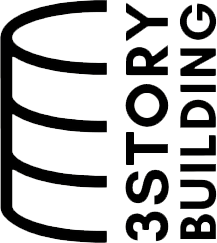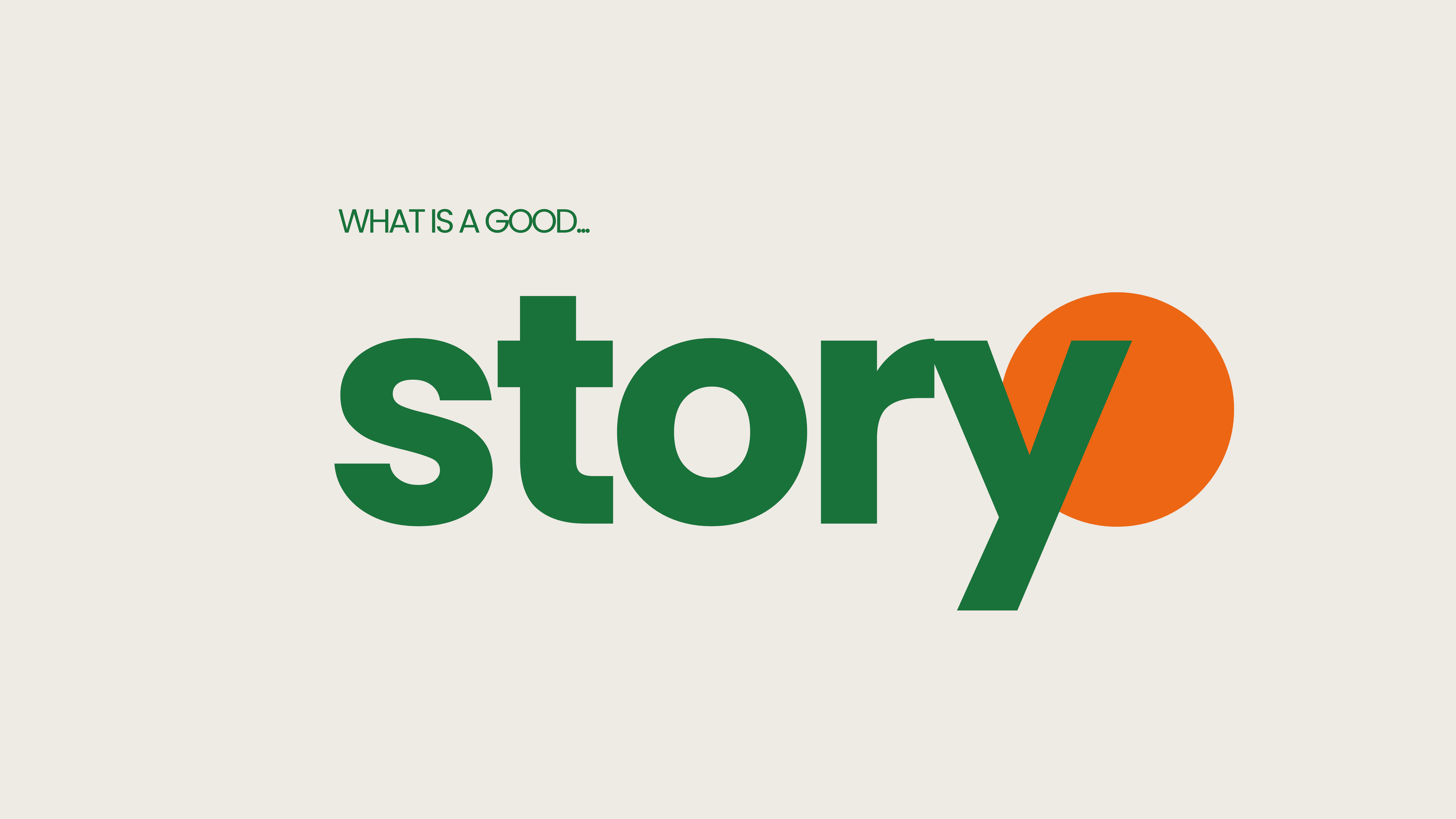The art of suspense
You’ve done the hard part, you’ve uncovered valuable insights, made sense of messy data, and found something that could really make a difference. Now comes the second part: sharing it.
It might be time to borrow a trick or two from the world of storytelling. At 3storybuilding, we often say: every useful insight deserves a story that “sticks”.
Therefore, it’s time to explore three engaging narrative structures you can use to present data with impact, both inspired by the art of suspense.
Think like a storyteller
Since the dawn of time, storytellers have held their audiences spellbound by carefully structuring their stories. Where do you begin, what comes next, how do you end?
The basic structure of any data story is, of course: situation – complication – resolution. Let’s quickly break that down:
- There is a context or setting within the organisation (situation)
- in which a question arises (complication)
- that eventually gets answered (resolution).
And between step 2 and 3—the complication and the final answer—lies your journey: the analysis. That part is often worth telling, too. And once you’ve delivered the answer, your presentation usually includes a series of conclusions or recommendations.
The storylines below add an extra compelling twist to this basic structure. Feel free to use them to your advantage!
1. The Final Boss Revives
A storytelling loop that builds tension and resolution
Remember those classic Mario games where you finally defeat Bowser, only to have him rise again for one final showdown? The End Boss structure works exactly like that.
In this approach, you take your audience on a journey to find the answer to a key question. You celebrate the discovery. But then… something doesn’t add up. It turns out that the “final answer” wasn’t so final after all. Cue the next plot twist. By the time you arrive at the real conclusion, your audience is right there with you – hooked, curious, and invested.
The structure (as summed up by i-spark’s Jeroen):
- Pose a question
- Explore the data
- Find an answer—hooray!
- But wait—there’s a problem
- Dive back into the data
- Find the real answer
- Draw conclusions
This technique is great for building suspense and tension. Your audience is drawn into the investigative process and sees firsthand how careful thinking and iteration lead to the truth.
A few quick tips
- For less data-savvy audiences, choose your twists wisely. Too much back-and-forth, and you’ll lose them.
- Limit yourself to one or two false finishes before you land on the real answer (or a clear next step).
- Use your slides to guide the story: make it clear when a new mystery has emerged.
- Most importantly, act the part-express your surprise, your doubt, your excitement. Let your tone match the twist.
2. Create a Whodunnit
Start with a mystery to ignite curiosity
Another way to grip your audience? Open with a mystery that only gets solved at the end. When i-spark’s analyst Tienke tried this, it worked brilliantly. Her first slide displayed a single number: 55.
Then she said:
“55. Why am I showing you this number?
You asked us to project net revenue and reduce churn.
55 is not your net revenue. Nor is it a magical churn reduction percentage.
No, 55 is a number that emerged in the final phase of our analysis.
It’s been nagging us for weeks. But solving the mystery behind 55 led us to uncover a data issue that might have gone completely unnoticed.”
From there, she took her audience back to the start—walking through the entire analysis before returning to explain the mystery.
This technique creates what’s known as a curiosity gap. You give your audience just enough to wonder what’s going on, but not enough to stop listening.
To make it work:
- Keep the mystery simple and visual: a number, a trend, an anomaly.
- Build your slides to support the suspense, use minimal text and visual cues like question marks or blacked-out answers.
- Don’t rush the intro. Suspense only works if you allow space for curiosity to build.
A few quick tips:
- Best used for final presentations, not halfway checkpoints.
- Keep it clear and focused. If your mystery is too complex, your audience might get lost.
- As always, take your time. A good puzzle needs pacing.
3. Picture it
A methaphor or figure of speech makes your message stick
They say a picture is worth a thousand words—and that definitely holds true when you want to make a complex message clear. A visual doesn’t just support your story, it makes it more understandable and memorable. That’s why you should use a metaphor or visual comparison.
A metaphor or figure of speech gives your message sticking power. It turns something abstract into something people can see—literally or in their minds. Instead of explaining an idea with words alone, you compare it to something your audience already knows. Suddenly, your message becomes a lot clearer—and it starts to live.
Ideally, your metaphor ties into the theme of your presentation. Use it to reinforce the key message you want to bring across. Or—if your data story is all about the process of discovery—find something that mirrors that journey.
When Kaj and Tamara discussed our Data Storytelling workshop, they explored the use of metaphors and visual language.
In our workshops, we use a dummy dataset about a fictional online flower shop. Say the key insight in your presentation is: rose sales spike around Valentine’s Day. Then a title like “Let your love bloom in February” might just do the trick. Kaj and Tamara thought that was actually kind of clever.
Looking for a non-idiomatic example?
Going about before you jibe might be a good metaphor when sharing a forecast—especially with an audience that’s into sailing. The idea? It’s better to anticipate inevitable change and act on it, than to wait too long and get slowed down.
A few quick tips
- Make sure your audience gets the comparison—but don’t make it too much on the nose.
- Play with visuals if it fits—but don’t overdo it when the topic is serious. That said, even serious subjects can benefit from a well-placed metaphor.
- If you add an image to go with your metaphor, make sure it’s a good one. Don’t kill your message with a wonky little GIF.
So… which should you use?
If your analysis involved a lot of trial and error, The Final Boss Revives helps your audience appreciate the journey—and your perseverance. If your insights came with a surprising twist at the end, the Whodunnit builds anticipation and makes sure that twist lands.
And if your insight is conceptually hard to grasp, Paint a Picture uses metaphors and visual language to make it intuitively clear and vivid.
Whichever structure you choose, remember: data storytelling isn’t just about clarity—it’s about connection. Your audience needs to feel something. Tension, surprise, relief, even a smile. That’s how you make your message stick!

